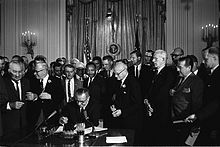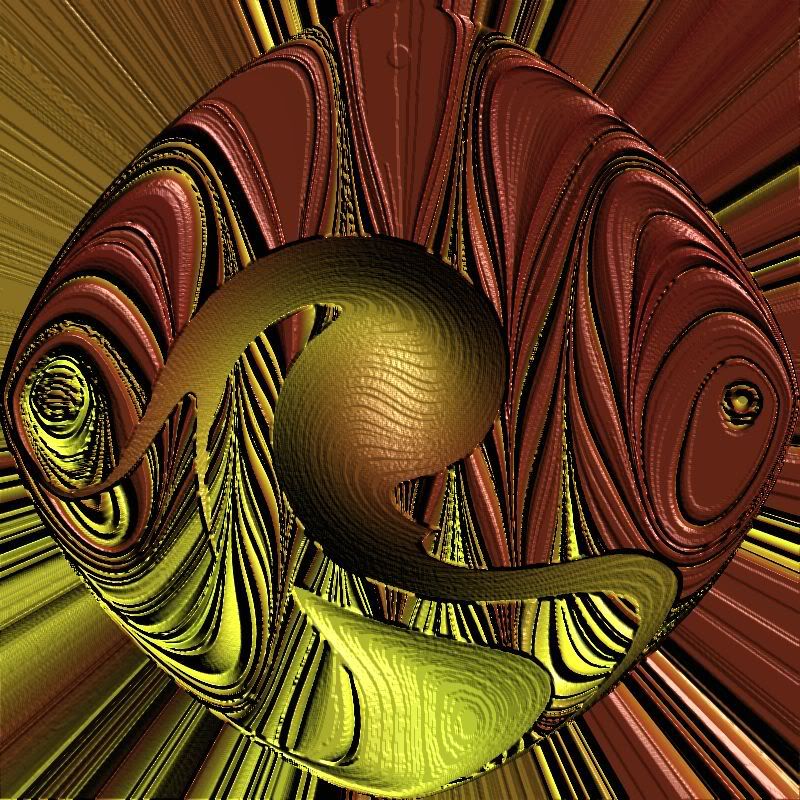
Our regular featured content-
- On This Day In History July 2 by TheMomCat
- Punting the Pundits by TheMomCat
These featured articles-
- My Little Town 20120627 – Special Edition: RIP Jace by Translator
- Pique the Geek 20120701: Fireworks Safety by Translator
- The Cooperative Movement and the “Big Tent” Approach by GeminiJen by Anti-Capitalist Meetup
- Federal Reserve Lies About Foreclosures by TheMomCat
- Sunday Train: Is State Sen. Simitian aiming to kill High Speed Rail in California? by BruceMcF
This special feature-
- 2012 Le Tour – Stage 2 by ekhornbeck
Follow us on Twitter @StarsHollowGzt
This is an Open Thread




